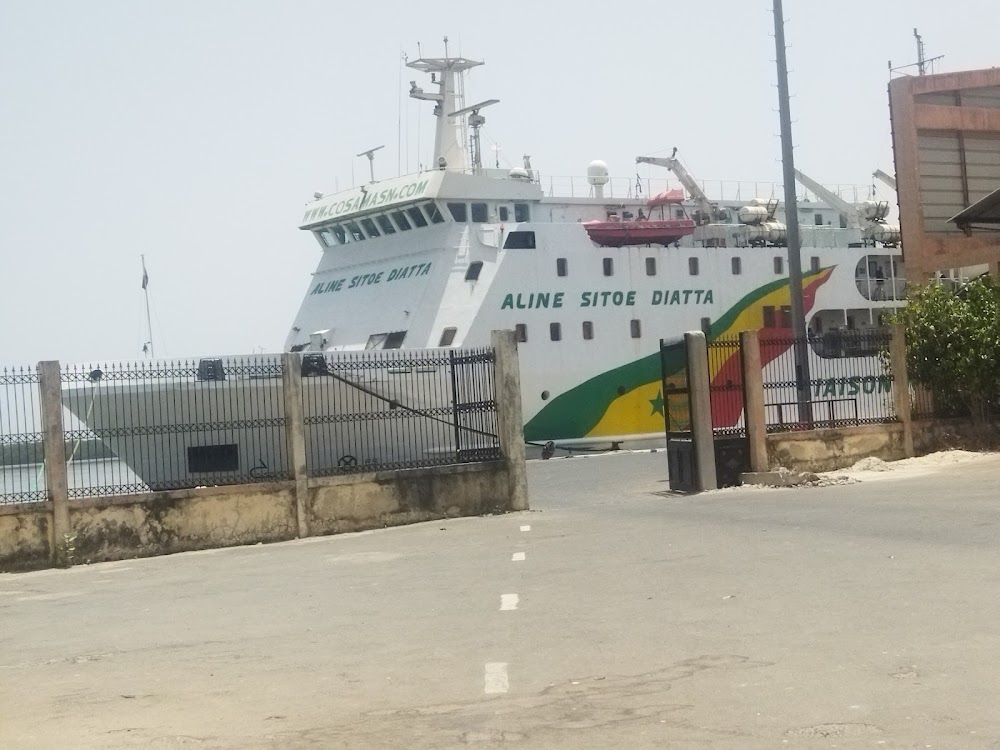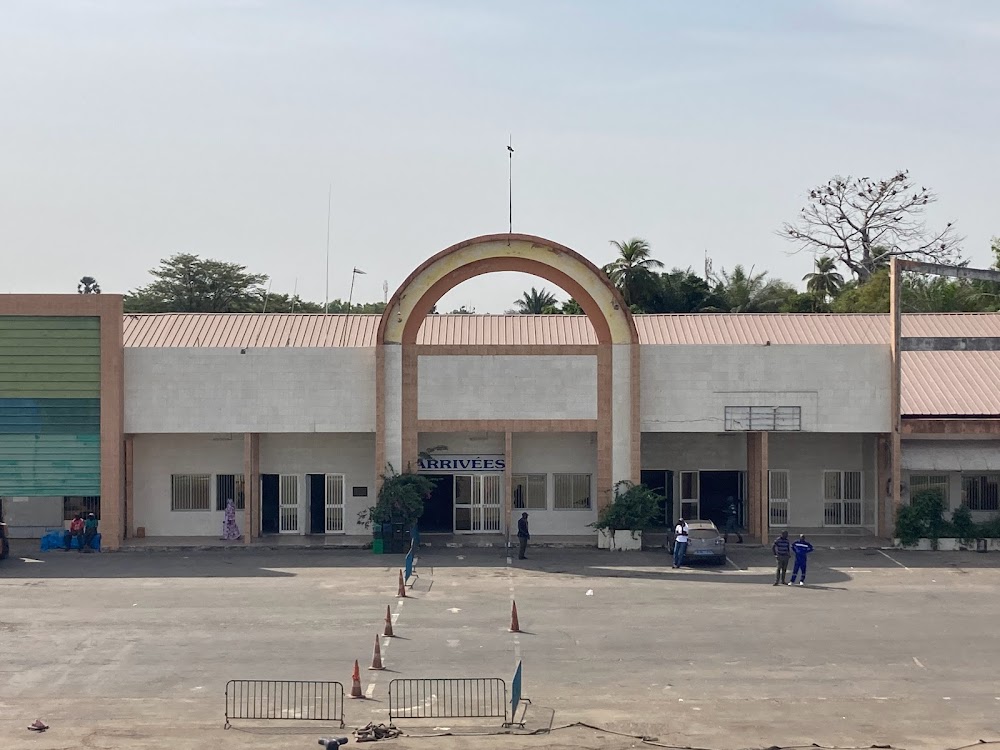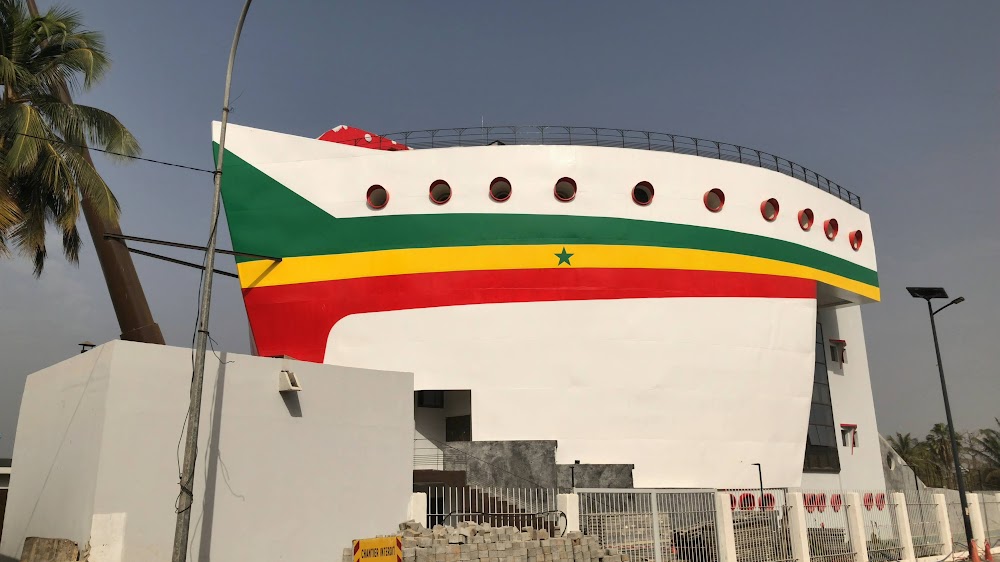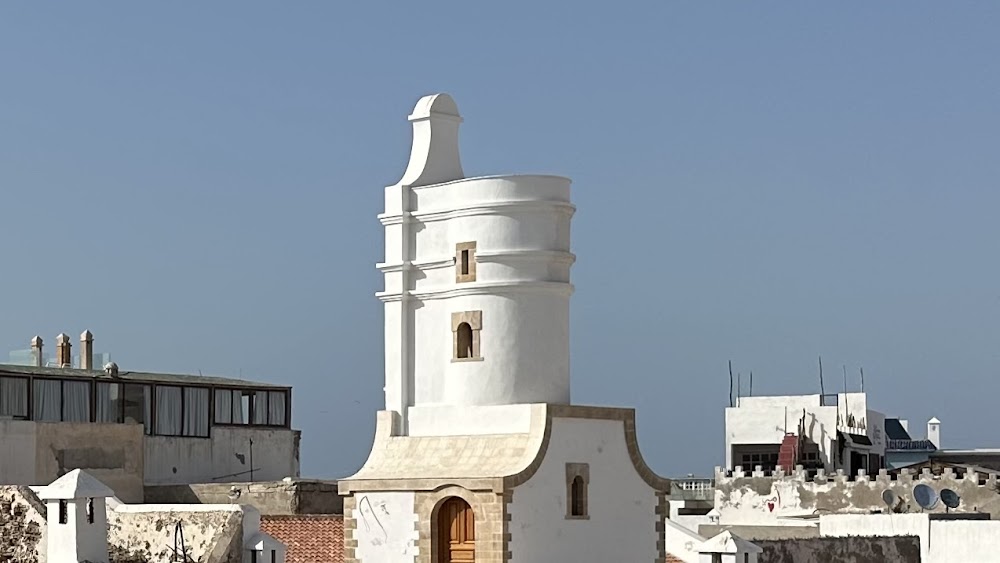Ziguinchor Port (Port de Ziguinchor)
Overview
Ziguinchor Port, or Port de Ziguinchor in French, is a vital maritime hub nestled in the picturesque city of Ziguinchor, Senegal. Established during the colonial era, the port emerged as a strategic point for trade and administrative control in West Africa. Over the years, it has evolved significantly, becoming a cornerstone of the region's economy and a crucial link to global markets.
Historical Origins
The construction of Ziguinchor Port began in the early 1900s, chosen for its prime location along the Casamance River. This advantageous site was selected to facilitate the transport of goods between the lush inland areas of the Casamance region and the vast Atlantic Ocean. Designed by French colonial engineers, the port's initial infrastructure employed advanced techniques and materials for its time, aiming to stabilize and enhance economic activity in the area.
Initially, the port featured a modest quay made from timber and stone, with limited docking spaces for smaller vessels. Early operations focused primarily on exporting rich agricultural products like groundnuts, palm oil, and gum arabic, which thrived in the fertile Casamance region. Its connectivity to surrounding farmland made Ziguinchor Port an ideal spot for agricultural trade.
Modernization and Expansion
As Senegal approached independence in 1960, the newly formed government recognized the port's potential for economic enhancement. This led to extensive modernization and expansion efforts, transforming the colonial infrastructure. Concrete quays replaced the older wooden structures, and new storage facilities were constructed to accommodate the growing cargo volume. Additionally, modern navigation and docking technologies were introduced to handle larger vessels and a wider variety of goods.
The 1980s and 1990s marked a significant turning point, with substantial investments from the Senegalese government and international partners aimed at improving port infrastructure. Notable developments included deepening the harbor to accommodate larger ships, constructing new warehouses, and implementing advanced logistics systems to optimize operations.
Expanded Role and Sustainability Efforts
Ziguinchor Port's role expanded beyond mere exportation of raw materials; it began importing essential goods, such as fuel and manufactured products, bolstering local industries and enhancing the daily lives of residents. These changes increased the port's capacity and efficiency, solidifying its status as a crucial economic hub in the region.
In recent years, environmental sustainability has become a priority at Ziguinchor Port. Initiatives to minimize the port's ecological footprint include improved waste management systems, reduced emissions from docked ships, and efforts to protect the surrounding marine ecosystem.
A Modern Maritime Hub
Today, Ziguinchor Port thrives as a bustling center of commerce and trade. It plays a vital role in the regional economy, facilitating the distribution of goods not only across Senegal but also to international markets. The port's strategic significance continues to attract ongoing investments and upgrades, adapting to the evolving demands of global trade.
In summary, Ziguinchor Port has transformed from its modest colonial beginnings into a modern maritime hub. This evolution reflects the vision and dedication of those who have contributed to its development over the years, making it a pillar of economic stability and growth for Ziguinchor and the broader Casamance region.






